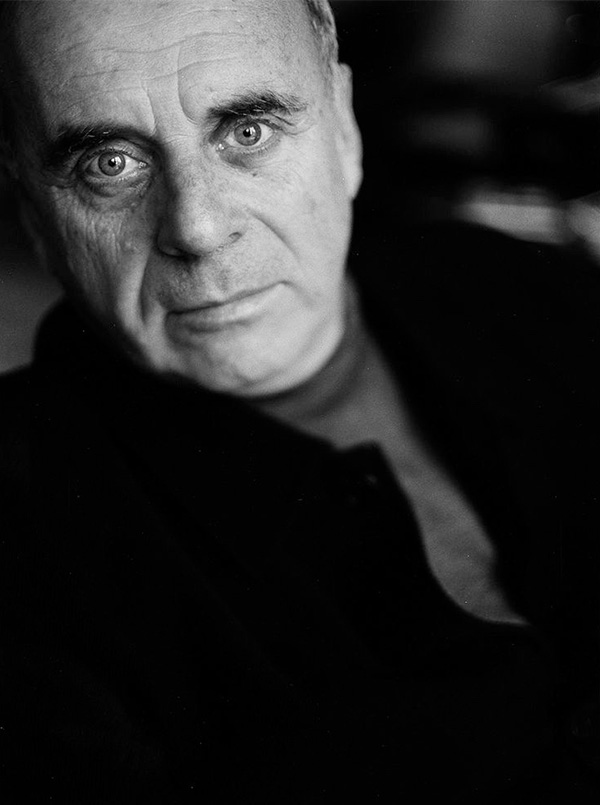Ralph Gibson is an American art photographer best known for his photographic books. His images often incorporate fragments with erotic and mysterious undertones, building narrative meaning through contextualization and surreal juxtaposition. Ralph Gibson studied photography while in the US Navy and then at the
San Francisco Art Institute. He began his professional career as an assistant to
Dorothea Lange and went on to work with
Robert Frank on two films. Gibson has maintained a lifelong fascination with books and book-making.
Since the appearance in 1970 of
The Somnambulist, his work has been steadily impelled towards the printed page. To date he has produced over 40 monographs, his most current projects being
State of the Axe published by Yale University Press in Fall of 2008 and
Nude by Taschen (2009). His photographs are included in over one hundred and fifty museum collections around the world, and have appeared in hundreds of exhibitions. Gibson has received fellowships from the National Endowment for the Arts (1973, 1975, 1986), a Deutscher Akademischer Austauschdienst (D.A.A.D.) Exchange, Berlin (1977), a New York State Council of the Arts (C.A.P.S.) fellowship (1977), and the
John Simon Guggenheim Memorial Foundation (1985). The
Rencontres d'Arles festival presented his work in 1975, 1976, 1977, 1979, 1989 and 1994.
I embrace the abstract in photography and exist on a few bits of order extracted from the chaos of reality. -- Ralph Gibson
His book
Syntax received a mention for the Rencontres d'Arles Book Award in 1983. He was decorated as an Officier de L'Ordre des Arts et des Lettres (1986) and appointed, Commandeur de L'Ordre des Arts et des Lettres (2005) by the French government. His awards include: Leica Medal of Excellence Award (1988), "150 Years of Photography" Award, Photographic Society of Japan (1989), a Grande Medaille de la Ville d'Arles (1994) and the Lucie Award for lifetime achievement (2008). Gibson also received an honorary doctorate of Fine Arts from the University of Maryland (1991), and a second honorary doctorate from the Ohio Wesleyan University (1998). He has worked exclusively with Leica for almost 50 years. Gibson currently lives in New York and travels frequently to Europe and Brazil.
Source: Wikipedia
Having begun his acclaimed photographic career as an apprentice to the great documentarians Dorothea Lange and Robert Frank, Ralph Gibson is known for his highly distinctive vision in still photography.
By intensifying contrast and emphasizing the grain of the film in his prints, Gibson concentrates on the minute details: the edge of a café table, the arc of a hip, the glint of a fork. Gibson’s works are both formally vigorous and eternally evocative.
His photographs are in major private and public collections worldwide, including the
Metropolitan Museum of Art, the
Museum of Modern Art, and the
Bibliothèque Nationale de France.
Source: Weston Gallery
I’m interested in producing truncated shapes in proportion to the frame and composition, shapes that are preferably luminous. I’m not interested in the full-figure. I want to abstract forms. -- Ralph Gibson
